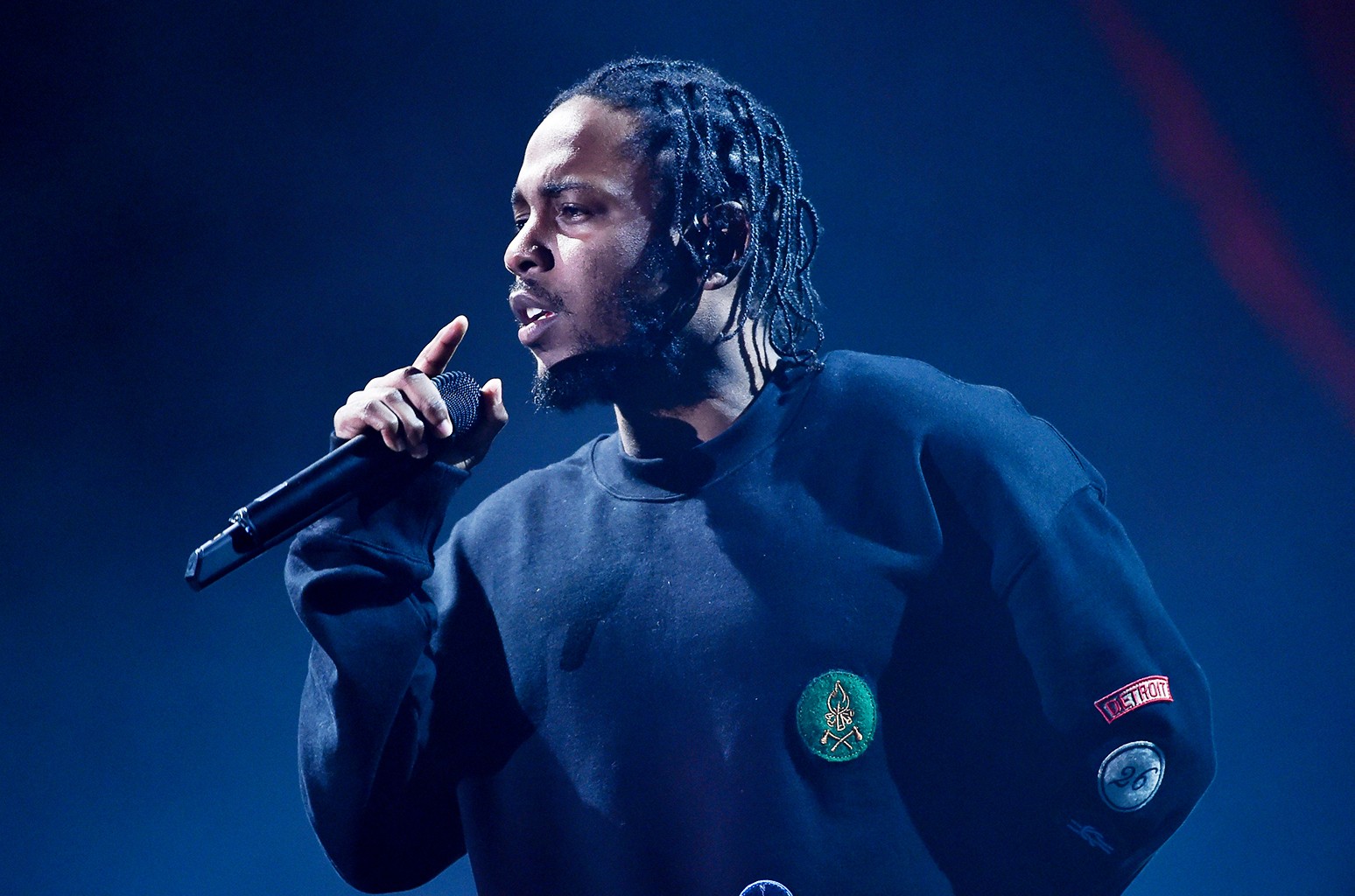Table of Contents Show
Many hip hop fans marvel at the core elements of a rapper’s skill set: wordplay, rhyme, flow, lyricism, to name a few. Whether fans discuss Biggie’s effortless flow, Tupac’s emotional and fiery tone, Nas’s storytelling, or Jay-Z’s swagger and bravado, the most sought-after aspect of an MC is his overall style and what separates him from the rest of the pack. However, it is important to consider what techniques join these rappers together, given the variety and differences present within the rap scene. The greatest rappers of all time, even with all of their individual and personal uniqueness, often share common stylistic choices, universalizing the artist’s impact on the hip-hop fanbase.
One of the more overlooked qualities of a rapper is their ability to rhyme words that do not naturally rhyme in any literary or conversational context. In rap music, the most common rhymes occur through “slant rhymes,” which involve rhyming words that sound similar but are not identical. For example, words such as “coke” and “soap” do not form a perfect rhyme, but since they sound similar, they would form a slant rhyme. While the vast majority of MCs choose to rap like this, those who take a more poetically “risky” route and create rhymes from unrelated words demonstrate an advanced understanding of the language that surrounds their art. Furthermore, this lyrical decision-making shows that they are willing to “push the boundaries” of their language and create new forms of expression. This article will identify five rappers who effectively embody this distinct form of rhyming: J. Cole, Nas, Kanye West, Kendrick Lamar, and Lupe Fiasco.
J. Cole
Many see J. Cole as hip hop’s most “attentive student,” and his decision to implement unique rhyming patterns throughout his songs reveals his studiousness within the rap game. On the track “Immortal” from his 2016 LP “4 Your Eyez Only,” Cole manipulates the words he writes in order to continue his rhyme scheme while reflecting on his own life. He states,
“I know nobody meant to live forever anyway / And so I hustle like my n*ggas in Virgini-A”
(( J. Cole, “Immortal.” 4 Your Eyez Only, Dreamville, 2021. )).
By re-pronouncing Virginia, Cole is able to proceed with his narrative and introduce his own personal life within this altered rhyme pattern. Essentially, Cole allows the language to work for his art instead of “boxing himself” into standard vocal schemes. Thus, while many rappers may find it challenging to connect “anyway” and “Virginia,” Cole sees it as an opportunity to bolster his own musical output and clarify his stream of consciousness.
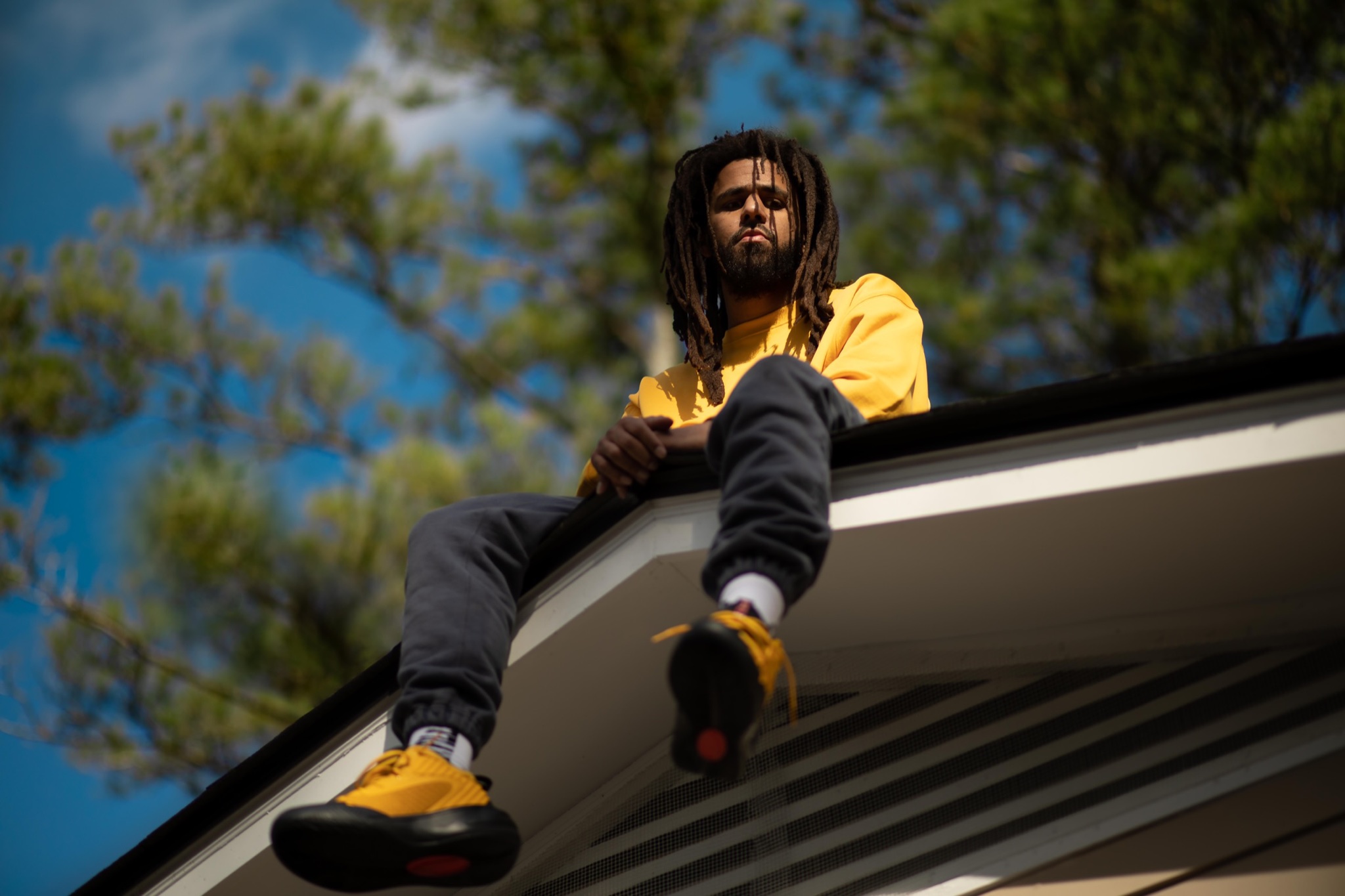
Many of his fans see Cole’s “Fire Squad” as one of his most ferocious tracks. Commenting on his destructive style, he creates a new rhyme that emphasizes his debilitating impact on the listener and on the rap game overall, “‘Fore it’s all said and done, this n*gga need medicine” (( J. Cole. “Fire Squad.” 2014 Forest Hills Drive, Columbia, 2014. )). It’s clear that Cole feels that his opponents in hip hop are unable to match his prowess, and his capabilities as a rhymer and artist substantiate his position. The smoothness is evident in his delivery. A certain level of confidence is required for Cole to express the game’s need for his assistance, and his rhyme manipulation effortlessly backs up this promise.
Nas
Considered as one of hip hop’s most potent storytellers, Nas’s ability to weave narratives in and out of his raps broadly defines his essence as an MC. However, his ability to manipulate his language and generate rhymes from unrelated words adds value to his poetic arsenal. This is especially clear throughout his third LP, “I Am….” One of Nas’s most intense and emotional songs, “Hate Me Now,” placed him in the driver’s seat to express how he influenced the rap scene, all while altering the diction in his final raps from his second verse: “Try to make it like you the realest, but who the illest? / Think we all know the answer to that, ’cause n*ggas feel this, right?” (( Nas. “Hate Me Now.” I Am…, Columbia, 1999. )). Nas created a new rhyme by linking “illest” and “feel this,” enhancing his lyricism while staying true to the emotional candor of the track.
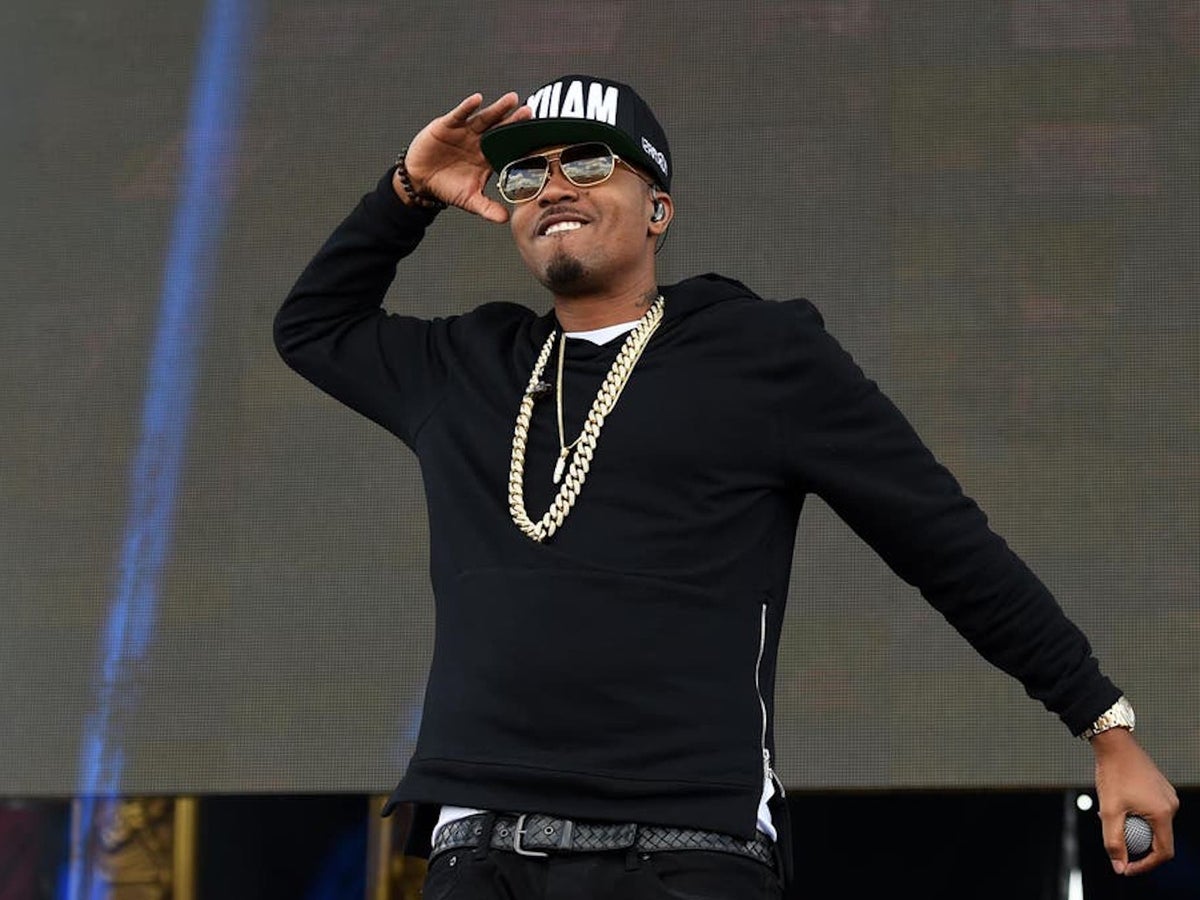
The following track on the album, “Small World,” had the Queensbridge MC continuing to bolster his narrative chops as he manipulated his wordage. While describing an intense situation involving gunfire, Nas made room for a clever amount of assonance: “…at the gas station, bunch of Arabs racing” (( Nas. “Small World.” I Am…, Columbia, 1999. )). Not only did he find a way to rhyme “gas” and “Arabs,” if one were to listen to his pronunciation of “Arabs,” one will notice that he rhymed the two syllables that form the word with each other. Nas placed equal vocal stress on both syllables, showing that he treated his rhyming with an incredible amount of detail. This focus on the specific foundation of each word strengthened his own personal artistic style even as he adopted a rare technique with which only the greatest of the greats are familiar.
Lupe Fiasco
Lupe is widely known for his skills as a “wordsmith,” employing what seems like a never-ending stream of double and triple entendre in virtually all of his projects. Such ability implies a rigorous and unforgiving technical mastery, leaving little room for any serenity within his flow or cadence. However, any doubts one may have about Lupe’s ability to be smooth and poetically complex at the same time were soon canceled when he delivered this line from his famous “Paris, Tokyo:” “The reason I get fly is Ibn Jasper / I even keep your picture in my passport” (( Lupe Fiasco. “Paris, Tokyo.” Lupe Fiasco’s The Cool, Atlantic, 2007. )). Commenting on his own swagger, Lupe managed to rhyme “Jasper” and “passport” without compromising the song’s “laid-back” integrity. Rappers may find it challenging to blend smooth raps with an advanced command of the language they use, but for Lupe, this dualism seems natural. Rhyme manipulation and lyrical smoothness go hand-in-hand.

Even on his most widely-known and pop-friendly song, “The Show Goes On,” Lupe finds more room to create rhymes from words with no relation. In verse three, he raps, “So no matter what you been through, no matter what you into / No matter what you when you look outside your window” (( Lupe Fiasco. “The Show Goes On.” Lasers, Atlantic, 2011. )). Connecting “into” with “window,” Lupe once against demonstrates his lyrical proficiency on a track that demands a traditional pop sound. Most listeners would not anticipate this kind of musical risk-taking. However, Lupe takes advantage of his own poetic situation and gives the listener a deeper understanding of his artistic visions.
Kanye West
One way to rhyme words that don’t rhyme is to re-spell the word itself in order to continue one’s scheme. Kanye is arguably the greatest at this. His most heartfelt and personal song, “Through the Wire,” embodied his passion for the genre and his desire to make the best music possible even when facing every imaginable adversity. He opened his first verse with the following description of his situation,
“I drink a Boost for breakfast, an Ensure for dessert / Somebody ordered pancakes, I just sip the sizzurp”
(( Kanye West. “Through the Wire.” The College Dropout, Roc-A-Fella. 2004. )).
Rephrasing syrup as “sizzurp” to connect with “dessert,” Kanye cleverly manipulated his rhyme patterns in order to stick to his “breakfast” theme. This is the mark of an MC with a developed understanding of the options they have while rapping. The best MCs won’t allow the limitations of traditional language formation to derail their desired narratives.
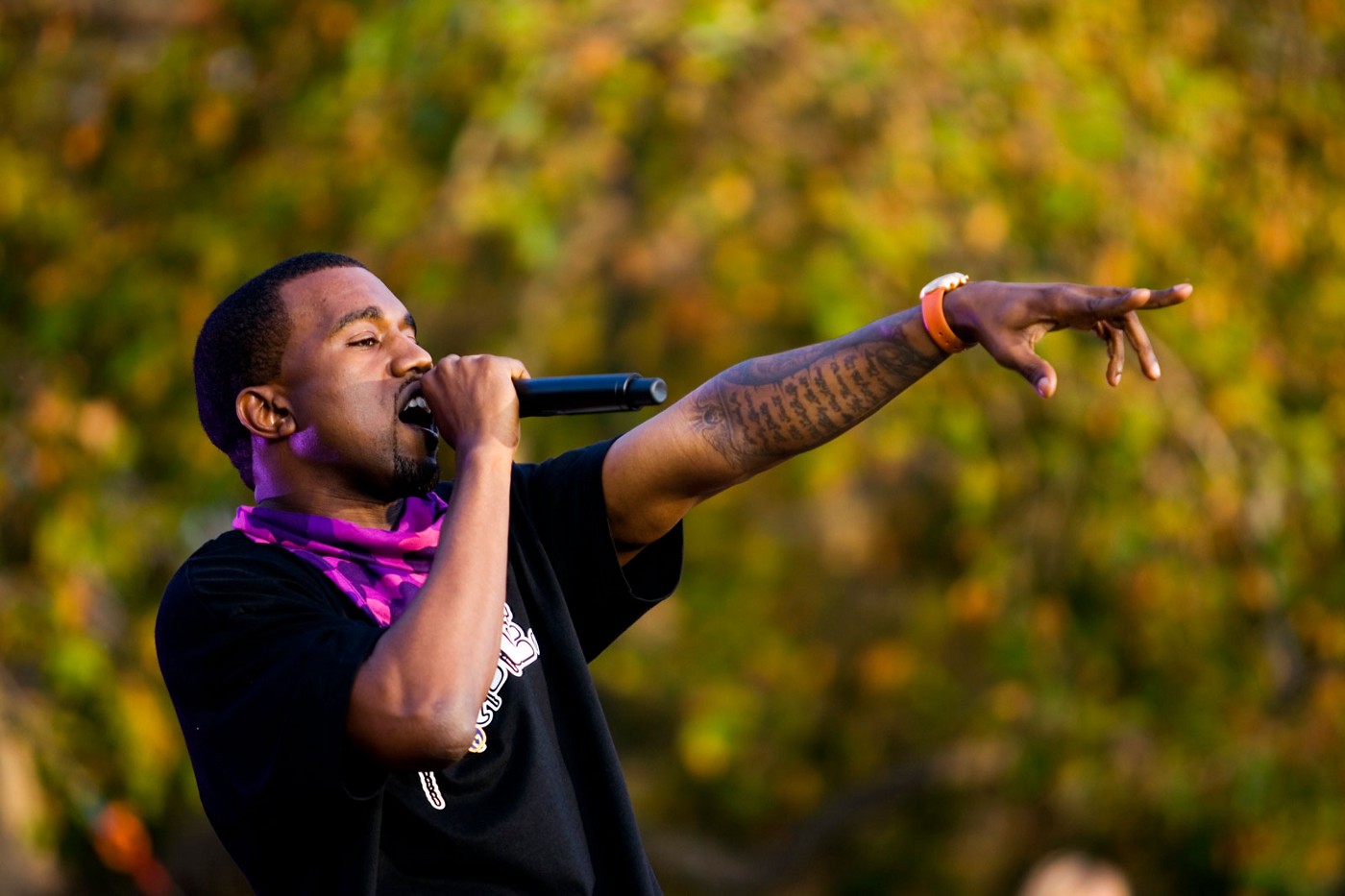
Another impressive instance of Kanye re-wording to create new rhymes occurs on the exquisite “Good Morning.” Again, the braggadocio was evident, but he kept this expression relatively short and to the point. This left space for Kanye to smoothly address his status after “graduation” at the start of his third verse, “Good morning and look at the valedictorian” (( Kanye West. “Good Morning.” Graduation, Def Jam. 2007. )). As one listens to this delivery, Kanye pronounces “morning” like “mornian,” allowing him to transition effectively to “valedictorian.” Kanye understands his influence and success, and it’s the subtle rhyme alterations like this that briefly remind the listener of his rhythmic dexterity. He can do whatever he wants. He gets the language to work for him, and not vice versa.
Kendrick Lamar
Arguably one of the most impactful MCs of this generation, Kendrick does not shy away from adopting rhyme-manipulation techniques. The denseness and inner-complexity of Kendrick’s raps allow for an immense amount of vocal adjustments to the words he implements. The near eight-minute track “FEAR.” provides plenty of opportunities for Kendrick to implement these changes. In his second verse, filled with repetition about his probable death, Lamar proclaims the following: “I’ll prolly die tryna buy weed at the apartments / I’ll prolly die tryna defuse two homies arguin'” (( Kendrick Lamar. “FEAR.” DAMN, TDE. 2017. )). Rapping in a desperate tone, Kendrick quietly shifts his pronunciation of “arguing” to convey the inevitability of his demise while dealing with the violent activity that constantly threatens him. This balance between the emotional flavor of his rhymes and a desire to adjust the poetry exemplifies his talents as a rap legend. Additionally, the listener gains a more valuable insight into his consciousness, all occurring through the backdrop of creating unique rhymes.
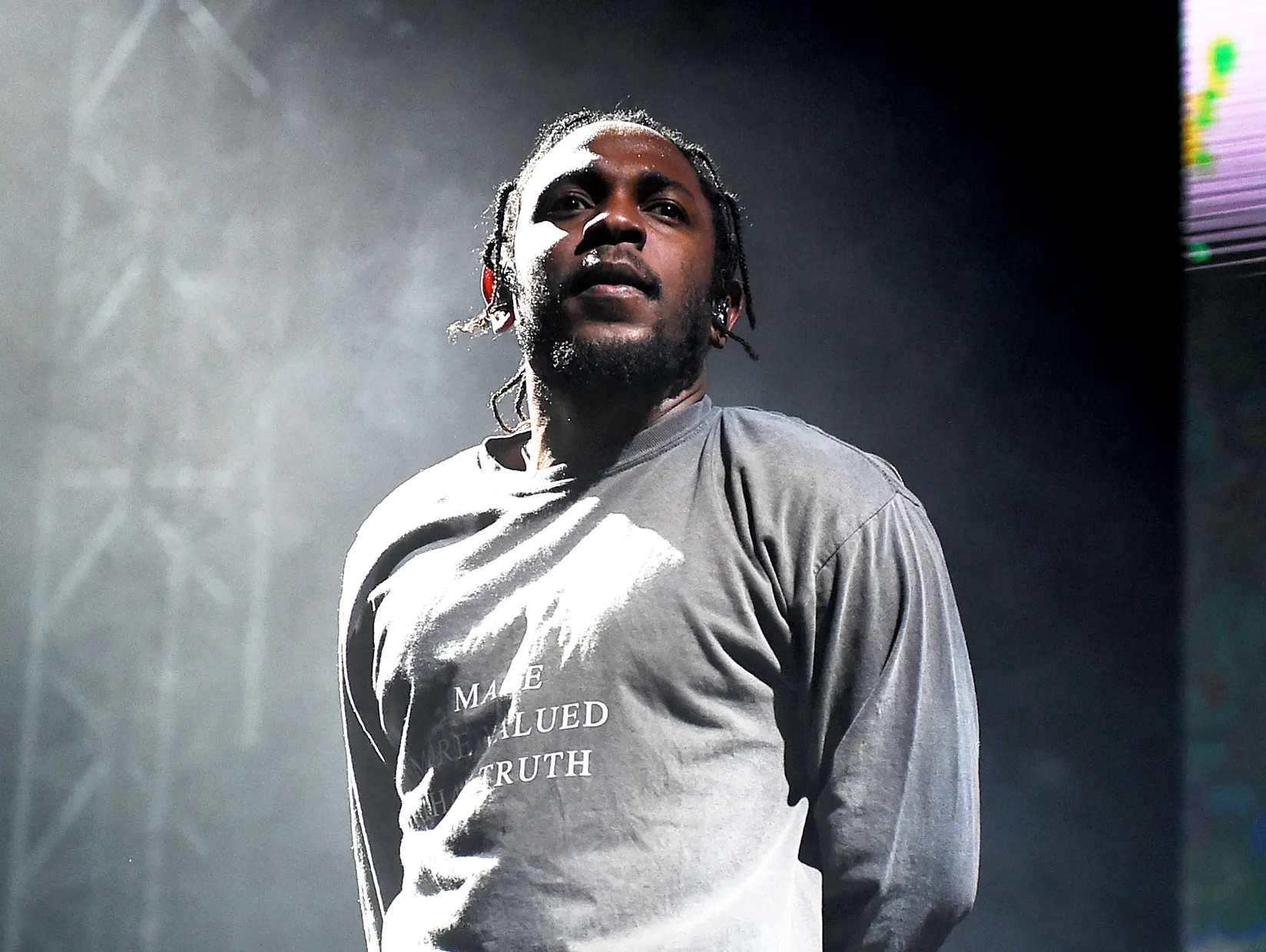
If one were to choose any Kendrick song that fully exemplifies the inner workings of his consciousness, a fan would most certainly select a song from To Pimp a Butterfly. Known for its deep dives into the political, social, economic situations in America, this album represents Kendrick at arguably his most creative peak, both poetically and musically. The opening track, “Wesley’s Theory” has Kendrick portraying an act of selfishness, manipulating the rhymes he uses in the process: “Snatch your little secretary bitch for the homies / Blue-eyed devil with a fat-ass monkey” (( Kendrick Lamar. “Wesley’s Theory.” To Pimp a Butterfly, TDE. 2015. )). Kendrick alters his delivery and connects “homies” with “monkey” in order to accomplish his poetic goals and establish a narrative that details his struggle with the music industry. Although Kendrick is normally regarded as a rapper, his prowess as a poet and writer is on full display when he makes unexpected shifts in his phrasing.
What Manipulating Rhymes Means For A Rapper
Rappers have their own unique techniques. As a largely competitive art form, Hip hop thrives off of each rapper, bringing something different to the table. This uniqueness provides a worthwhile discussion of an artist’s value within the hip-hop community. Thus, it is important to consider what elements connect the most influential rappers of all time. This connection often comes through inspiration, as some of the greatest rappers of this generation model their own style after their favorite MCs that precede them.
This connection can also occur through shared poetic choices when the artist manipulates words that share little to no vocal or literary connection and creates new rhymes. The listener often overlooks these creative alterations, but a simple investigation into the commonalities of the greatest rappers will reveal distinctive artistic choices that define their success.
